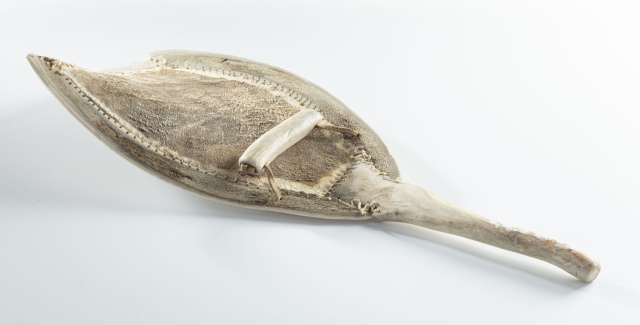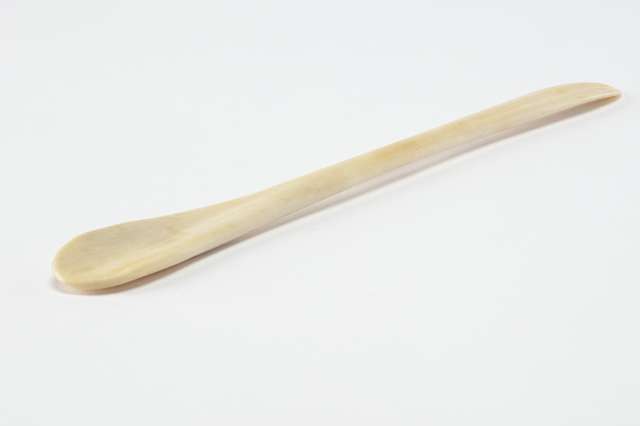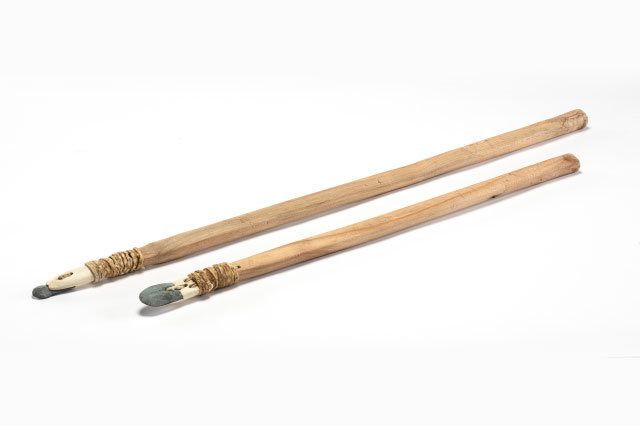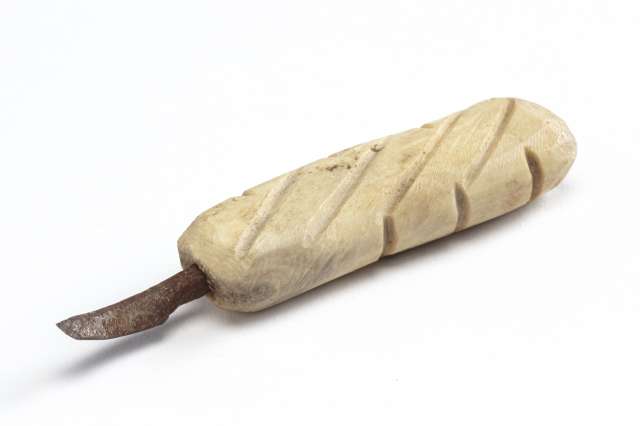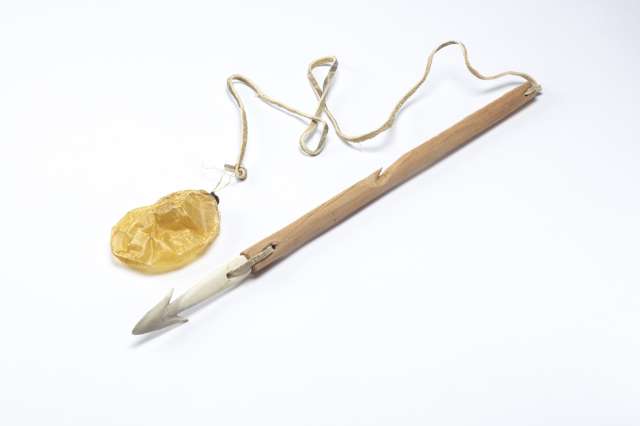Tools
The tools of Igloolik men and women attest to their ingenuity and creativity. They made each tool from resources available on the land, and in making them they showed a deep understanding of their environment and an ability to design solutions to everyday challenges. Each tool was also designed with care and precision. As such, it reflects not only a practical need but also the great richness of the culture.

